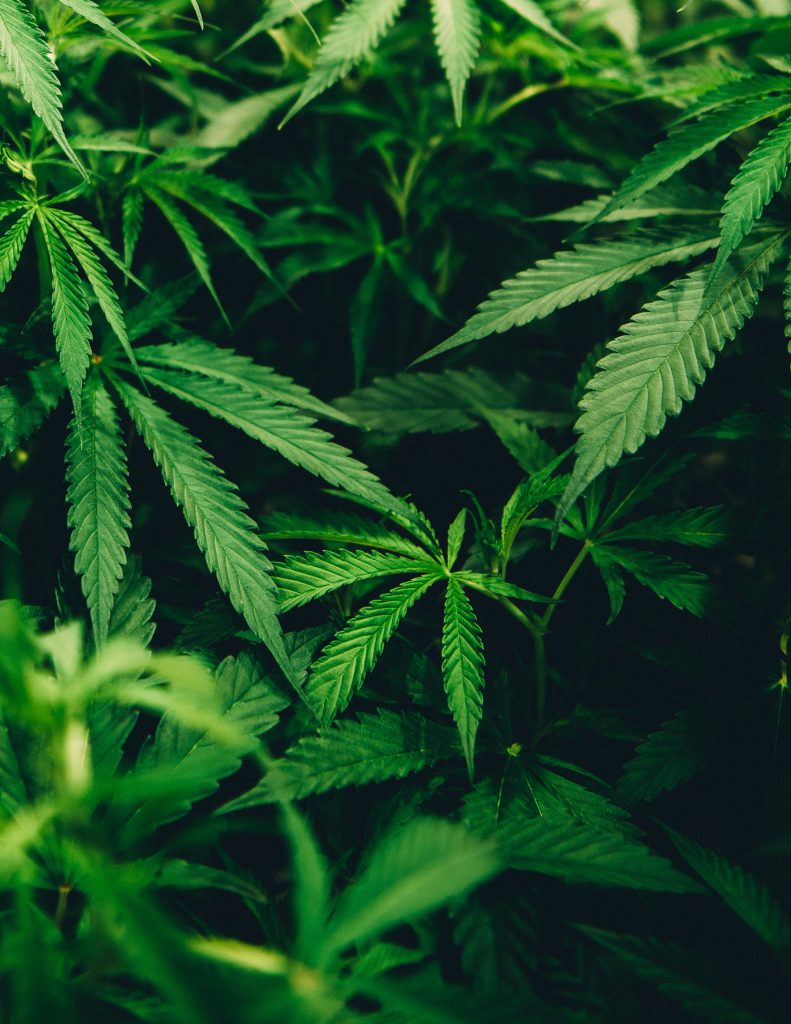Legalized pot stokes health fears
By Ebonie Walker
If Ottawa Public Health has its way, marijuana will be sold in plain packages devoid of bright colours or brand names.
The municipal health agency, arguing that pot should be subject to the kinds of marketing restrictions in place for selling tobacco, is pressing Health Canada to ensure marijuana is retailed in nontransparent packages with visible health warnings, with all products sold conforming to one standard shape and size.
A package of measures aimed at reducing the appeal of cannabis was recommended by OPH in a report released earlier this month at a meeting of the Ottawa Board of Health.
“We know that packaging can be a way that entices people to use and so we want the board to take our approach and adopt a plain-packaging approach,” said Jessica Brett, a public health nurse at OPH.
While the details of this summer’s pending legalization remain hazy, OPH has voiced concerns about the rollout the federal government’s plan. Over the past year, OPH has sent four reports to Health Canada via the Ottawa Board of Health, including dozens of recommendations aimed at discouraging marijuana use for health reasons.

“Even though it’s being legalized, what we’re trying to do is prevent that it become the normal thing to consume cannabis,” said Nancy Langdon, supervisor of injury prevention at the City of Ottawa. “We don’t want to see what happened with alcohol to be re-created.”
In its latest report, OPH focused specifically on promoting healthy lifestyles, identifying signs of early drug use, and prevention by way of packaging. One of the recommendations is to warn women about the use of marijuana while breastfeeding, and to the highlight the health risks to youth and frequent users.
Although smoking pot is still illegal, Canada has one of the highest rates of marijuana use in the world, particularly among young people. In 2016, about 18 per cent of Ottawa students in grades 7 to 12 reported using marijuana at least once, according to the Centre for Addiction and Mental Health.
High usage among youth has OPH particularly worried about how legalization will impact that demographic. In previous recommendations, OPH suggested the government set the minimum legal age to purchase marijuana at 25, the approximate age when the brain is fully developed.
That suggestion was in line with the views of the Canadian Medical Association, but the idea was rejected by the federal government in order to maintain conformity with the legal drinking age of 19 in Ontario.
“Youth is a priority population that we’re concerned with,” said Brett, “because the earlier, regular and frequent use of cannabis is more likely to have negative effects — one of those being the development of the brain.”
OPH officials said that as legalization gets closer, they hope to supply school boards, community partners and health care providers with information on how to access available services for drug addiction and how to handle problematic use.
They also said they hope to support and encourage parents, teachers and other intermediaries to have meaningful conversations with youth about drug use.
“We’re in the phase right now of working collaboratively with the partners to identify what are going to be the best ways to reach the youth,” Langdon said.
In light of this, staff from OPH, Rideauwood Addiction and Family Services, Ottawa Police Services and local school boards held a regional discussion on Feb. 2 about how to deal with student drug use.
Brett Reynolds, associate director of the Ottawa-Carleton District School Board, said in an e-mail that the board will consider holding parent information sessions this spring. He said OCDSB is very supportive of the idea of education and prevention.
For her part, Langdon said she’s hopeful OPH’s recommendations will help reduce harm caused by the drug.
“If we do a good job with education and enforcing things like impaired driving and doing surveillance on who’s using and who’s at risk in the long run, perhaps legalization has the hope of achieving the objective they set out for.”

